Growing Electric Vehicle Adoption
The Proton Battery Market is poised to benefit from the accelerating adoption of electric vehicles (EVs), which are increasingly recognized as a viable alternative to traditional combustion engines. As automakers invest heavily in EV technology, the demand for efficient and high-performance batteries intensifies. Proton batteries, known for their potential to deliver superior energy density and faster charging times, are becoming a preferred choice among manufacturers. Recent statistics indicate that the EV market is expected to surpass 30 million units sold annually by 2030, underscoring the substantial growth potential for the Proton Battery Market. This trend not only enhances the visibility of proton batteries but also drives innovation and competition within the market.
Government Initiatives and Incentives
Government initiatives and incentives significantly influence the Proton Battery Market, as various countries implement policies aimed at promoting clean energy technologies. These initiatives often include tax credits, grants, and subsidies for research and development in battery technologies. For instance, several nations have set ambitious targets for reducing carbon emissions, which necessitates the adoption of advanced energy storage solutions. The financial support provided by governments can accelerate the development and deployment of proton batteries, making them more accessible to consumers and businesses alike. This supportive regulatory environment is likely to bolster the Proton Battery Market, fostering innovation and enhancing competitive dynamics within the sector.
Rising Demand for Energy Storage Solutions
The Proton Battery Market experiences a notable surge in demand for energy storage solutions, driven by the increasing need for efficient energy management systems. As renewable energy sources, such as solar and wind, gain traction, the requirement for reliable storage technologies becomes paramount. Proton batteries, with their potential for high energy density and longevity, are well-positioned to meet this demand. According to recent data, the energy storage market is projected to reach a valuation of over 200 billion dollars by 2026, indicating a robust growth trajectory. This trend suggests that the Proton Battery Market could play a pivotal role in facilitating the transition to sustainable energy systems, thereby enhancing its market presence and attractiveness to investors.
Technological Innovations in Battery Design
Technological innovations in battery design are reshaping the Proton Battery Market, as advancements in materials and manufacturing processes lead to improved performance and cost-effectiveness. Research into new materials, such as advanced electrolytes and nanostructured components, is paving the way for the development of next-generation proton batteries. These innovations may result in batteries that are lighter, more efficient, and longer-lasting, thereby attracting a broader consumer base. The ongoing evolution of battery technology is likely to create new opportunities for the Proton Battery Market, as manufacturers strive to meet the increasing demands for energy storage solutions across various sectors, including automotive, renewable energy, and consumer electronics.
Increased Focus on Sustainability and Environmental Impact
The Proton Battery Market is increasingly influenced by the growing focus on sustainability and environmental impact. As consumers and businesses become more environmentally conscious, there is a rising demand for products that minimize ecological footprints. Proton batteries, which offer the potential for lower emissions and reduced reliance on harmful materials, align well with these sustainability goals. Market Research Future indicates that consumers are willing to pay a premium for eco-friendly products, which could enhance the market appeal of proton batteries. This shift towards sustainable practices is likely to drive innovation within the Proton Battery Market, encouraging manufacturers to develop greener technologies and practices that resonate with environmentally aware consumers.


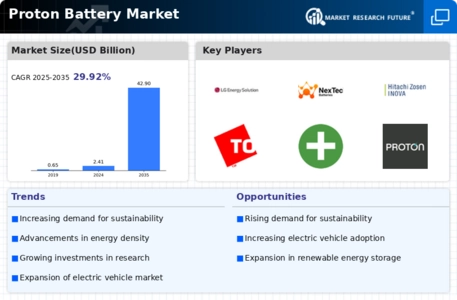
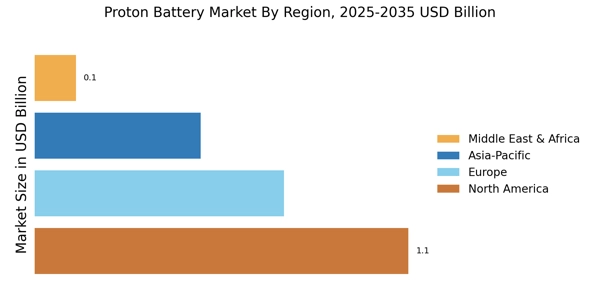
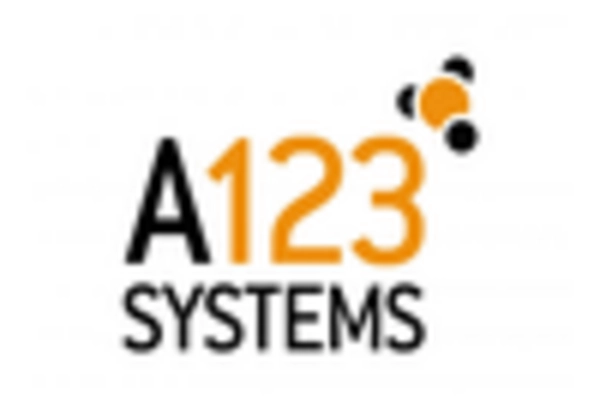
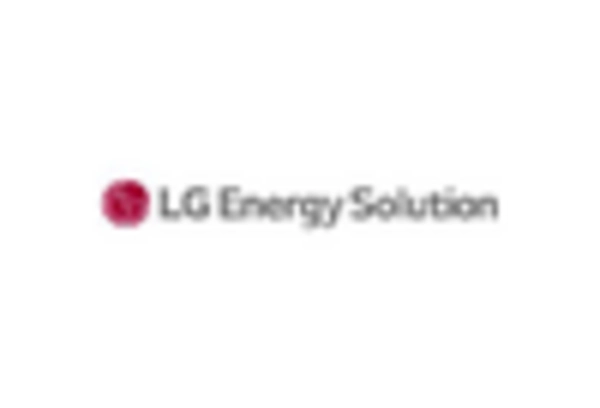

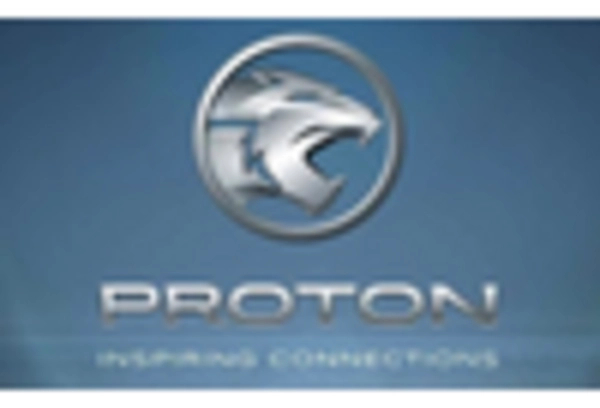

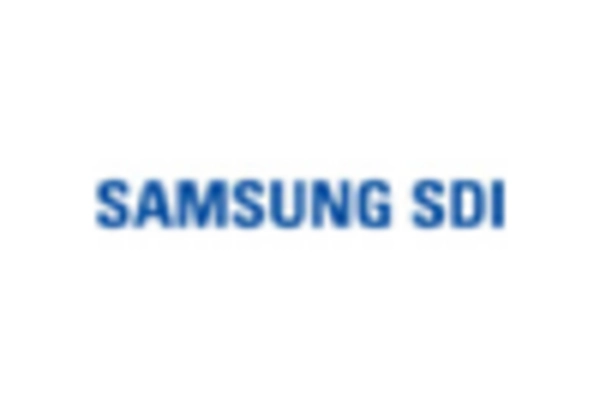








Leave a Comment